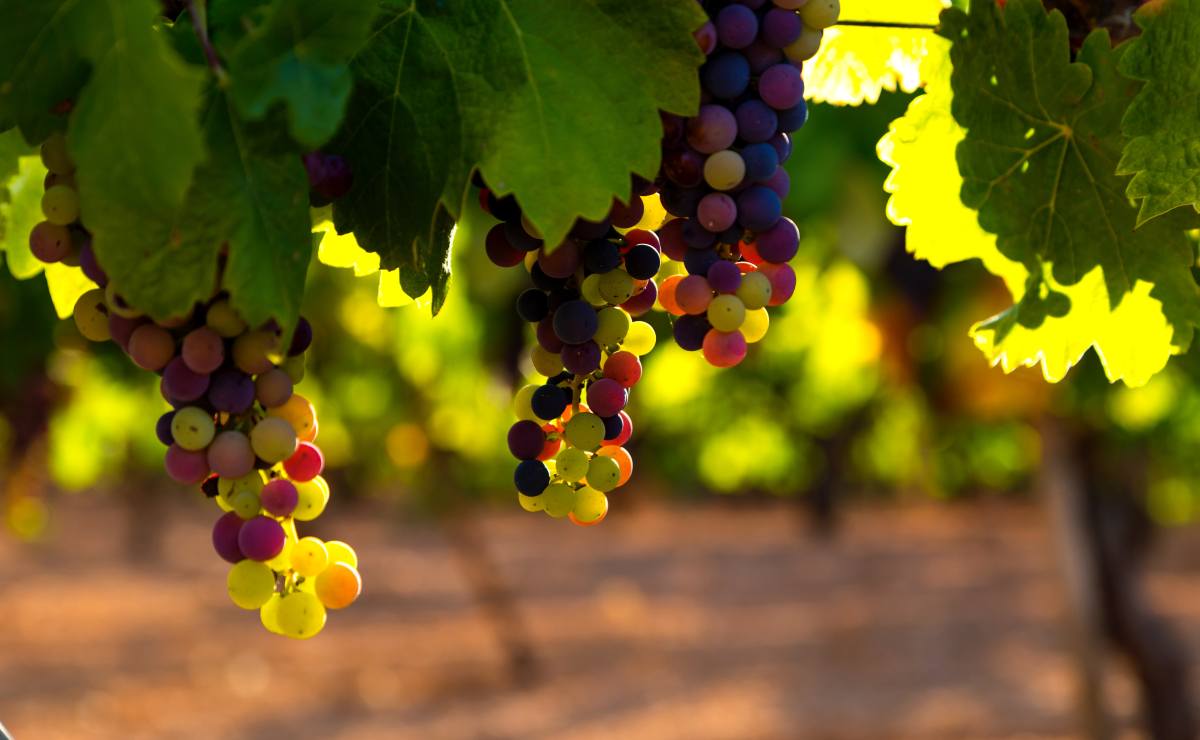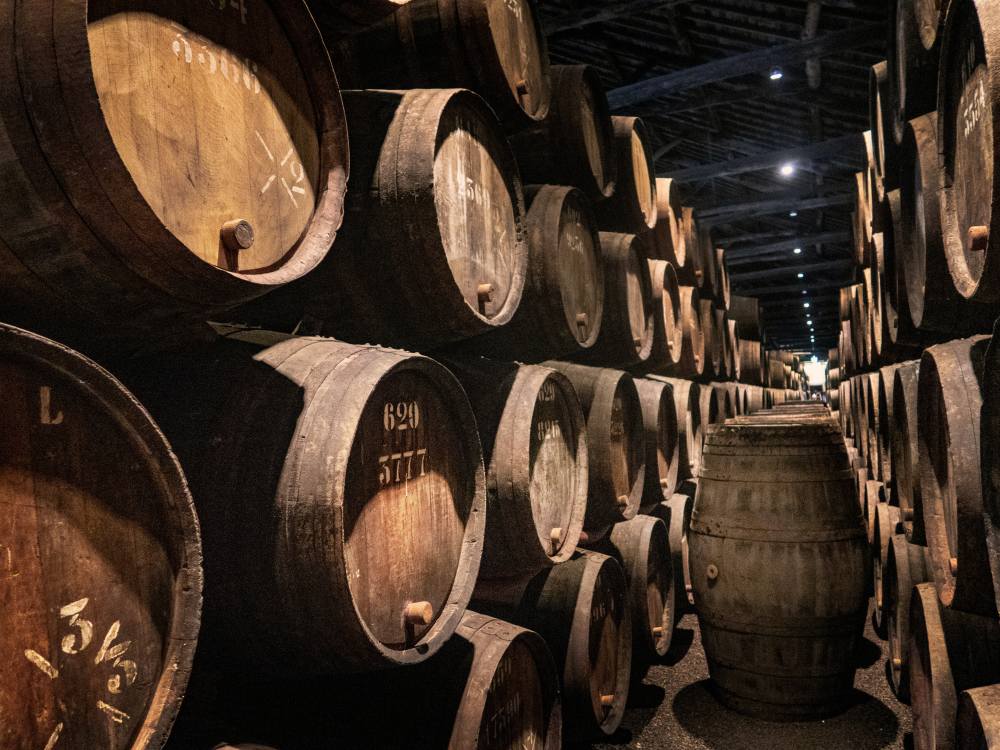All About Wine Flavours
Posted by Marquis Wine Cellars on Jun 08, 2021

All About Wine Flavours
Flavour is the most important aspect of wine -- it’s the reason why winemakers spend so much time cultivating and caring for their vineyards, and experimenting with different grape varieties, different winemaking techniques, and different aging durations. The flavour of a bottle of wine can vary significantly even within the same type of wine -- flavours depend on the vintage and the location of the vineyard. Weather conditions, soil, crop yields, and a whole host of other natural factors can influence the flavour of the finished product.
Why Do Some Wines Taste So Tart?
The tart flavour of a wine comes from acidity. The more acidic a wine, the more tart or sour it will taste. As a general rule, people in North America “talk dry but drink sweet,” whereas in most of Europe, tart wines are favoured for how they pair with food. In Canada, many people prefer to drink a relatively sweet wine on its own. A classic Bordeaux may seem exceptionally green to the average North American palate, but in France that same Bordeaux will likely be served alongside something salty or savoury (olives, for example) which will bring out the complexity of the flavours and provide a perfect compliment to the food. A sweeter wine, in comparison, wouldn’t hold up to a savoury food pairing and might taste off after a bite of cheese.
How much tartness you prefer in a wine depends on your personal taste. Some people’s tastebuds are also more sensitive to acid, so they may find a tart wine overpowering. It’s worth keeping in mind that the proper pairing can do wonders for your perception of a wine’s flavour. If you tried a wine on its own and found it unpleasantly tart, perhaps it’s worth a shot to try it again with your favourite savoury food pairing.
What are Tannins?
Tannins are compounds found in a variety of plants, including fruits, herbs, and spices. These compounds impart a bitter, dry taste. They are found in all varieties of grapes, as well as in the woods that are often used in barrel aging, such as oak. In grapes, tannins appear in the skin, stems, and seeds. Ergo, all types of wine have tannins.
In nature, tannins are produced by plants as a defense mechanism. Tannins dissipate as the fruit ripens. An excess of tannins makes underripe fruits and plants taste extremely bitter, which deters animals from eating them before the seeds are mature.
Foods like coffee, chocolate, and wine get their distinctive flavour from incorporating a balanced ratio of tannins. Too many tannins, and the wine will taste unpleasantly tart and bitter -- too few, and the wine will be cloying and one-dimensional. A balance of tannins will produce a deep, complex flavour, and can help balance out the sweet and acidic elements of the wine.
Is it Weird That I Like My Red Wines Slightly Chilled?
While it’s common knowledge that most white wines taste better chilled, many people believe that red wines should never be refrigerated. The good news is that no, it’s not weird to like your red wines slightly chilled -- but the operative term is “slightly”. Imagine walking into an underground, climate-controlled wine cellar. The air isn’t exactly cold, but it’s definitely cooler than your insulated apartment on a summer evening. That crisp cellar air is the ideal “room temperature” for red wine.
In general, the more acidic a wine, the better it will taste at a lower temperature. All wine is acidic to some degree, so a slight chill can benefit even the fullest, deepest reds. White wine is significantly more acidic than red, which is why it’s usually best when it’s been refrigerated for several hours. Wines that are less acidic and more bitter can be refrigerated for around 45 minutes before drinking. This slight chill helps to bring out the complexity of the flavours. Over-chilling a red will flatten it, but especially during the hotter days of summer, a red wine served at room temperature may taste unpleasantly alcoholic.
How Do Wines Get Their Different Flavours and Aromas?
Wine flavours and aromas are determined by the type of grape primarily used in the wine, as well as the weather and soil conditions during growing season, the techniques used to process the grapes, and the duration of aging and the type of material used in the aging process.
Broadly, grapes can be categorized into two main varieties -- green and red. Green or white grapes are primarily used in white wines, and as you may guess, red grapes are the origin of red wines (though both categories of grapes may be used in both types of wine). Within these general categories are many different varieties of grapes, each with their own unique flavours.
Even the exact same type of grape from the exact same vineyard may have a different flavour across different years, depending on the weather in a given growing period. In general, warmer weather produces sweeter grapes with more depth of flavour, ideal for full-bodied red wines with a higher alcohol content. Cooler weather can slow down the ripening process, producing tart, acidic grapes -- which in turn lend to bright, dry wines with lower alcohol content. A very rainy growing season can cause the grapes to take on excess moisture, diluting the sugars and fruit flavours.
The winemaking process may cause a wine to have more or fewer tannins, depending on the presence of the grape skins, seeds, and stems. The oak used in aging barrels imparts a distinct flavour as well, and oak can have a different aroma depending on where and when the tree was grown.

